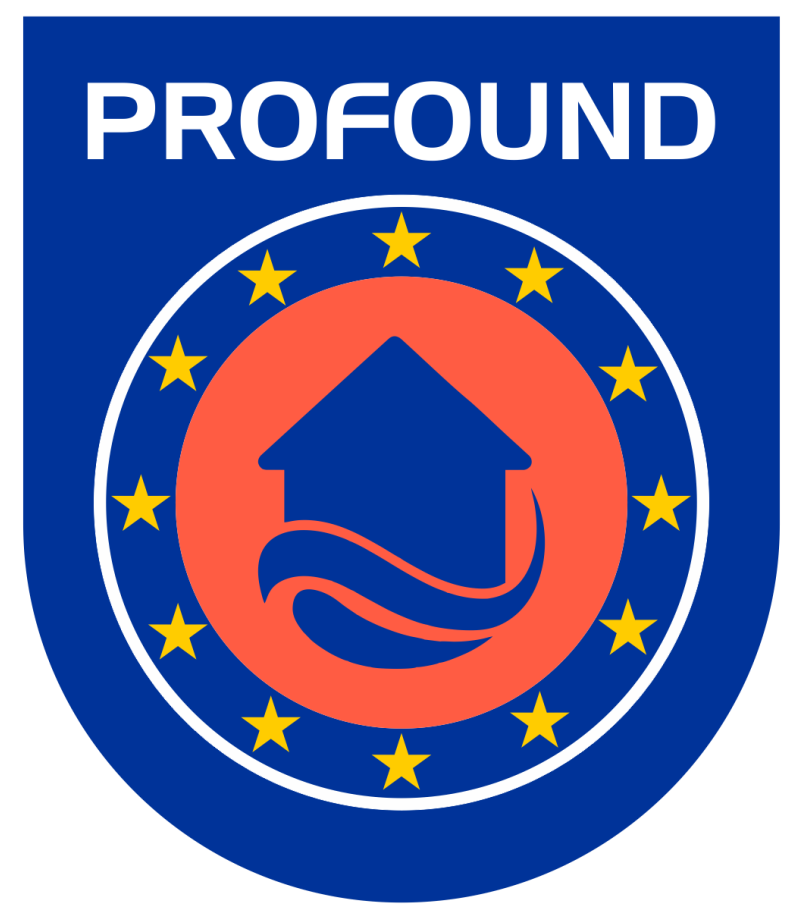The Profound Exercise project will be the first initiative to deploy a multiple location full-scale exercise within the EUCPM exercise framework. All participating units are from flood prone areas, which are likely to face great challenges in the future. While they already have their national or even cross-border deployment experience, they need further trainings to understand the operational environment of the EUCPM.
Objective of the EUCPM
The overall objective of the EU Civil Protection Mechanism is to strengthen cooperation between the EU Member States and 6 Participating States in the field of civil protection, with a view to improve prevention, preparedness and response to disasters. When the scale of an emergency overwhelms the response capabilities of a country, it can request assistance via the Mechanism. Through the Mechanism, the European Commission plays a key role in coordinating the response to disasters in Europe and beyond and contributes to at least 75% of the transport and/or operational costs of deployments.

Disasters know no borders and can hit one or several countries simultaneously without warning. Having a well-coordinated joint response means that when national authorities are overwhelmed, they have one point of contact, rather than multiple to deal with. A joint approach further helps to pool expertise and capacities of first responders, avoids duplication of relief efforts and ensures that assistance meets the needs of those affected.
By pooling together civil protection capacities and capabilities, it allows for a stronger and more coherent collective response. In addition to the EU Member States, there are currently 6 Participating States to the Mechanism (Iceland, Norway, Serbia, North Macedonia, Montenegro, and Turkey). Since its inception in 2001, the EU Civil Protection Mechanism has responded to over 420 requests for assistance inside and outside the EU.
The Mechanism also helps to coordinate disaster preparedness and prevention activities of national authorities and contributes to the exchange of best practices. This facilitates the continuous development of higher common standards enabling teams to better understand different approaches and work interchangeably when a disaster strikes.


